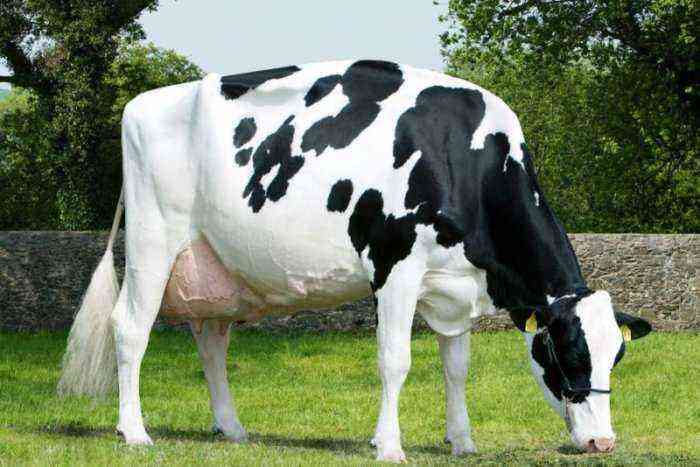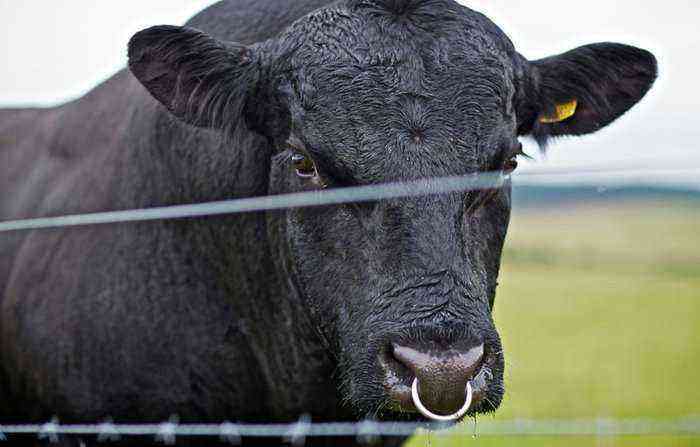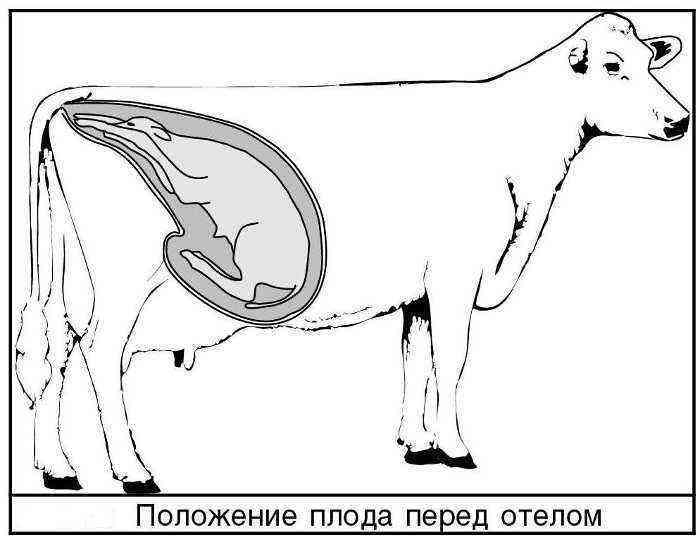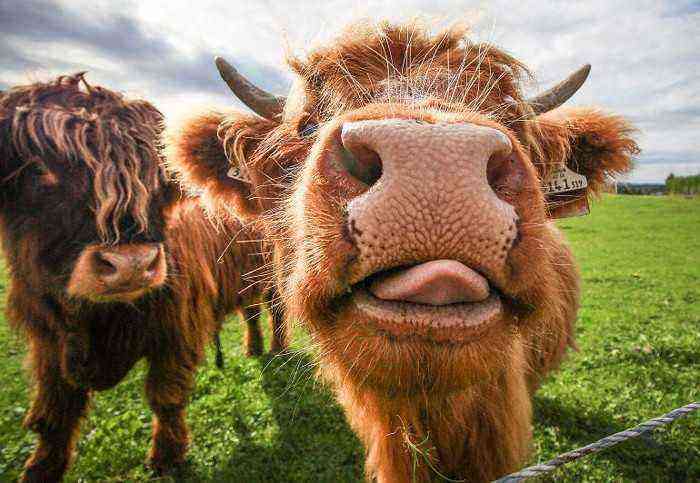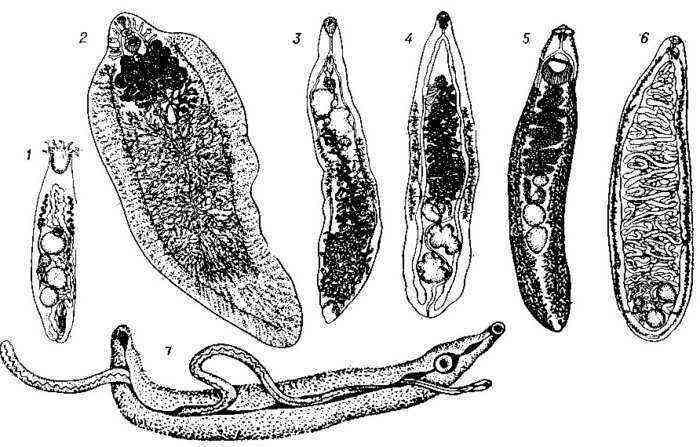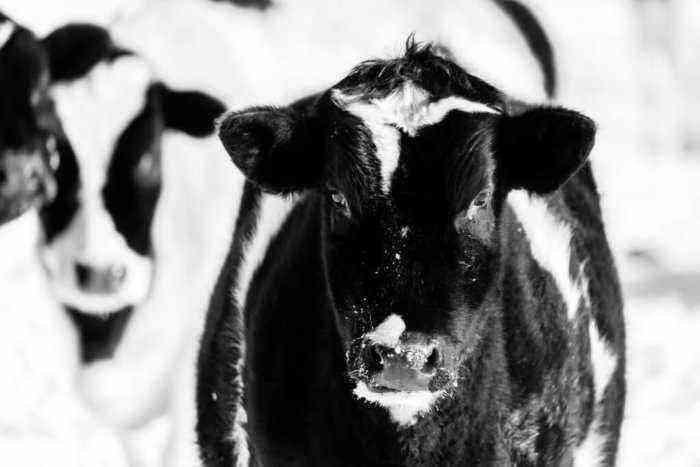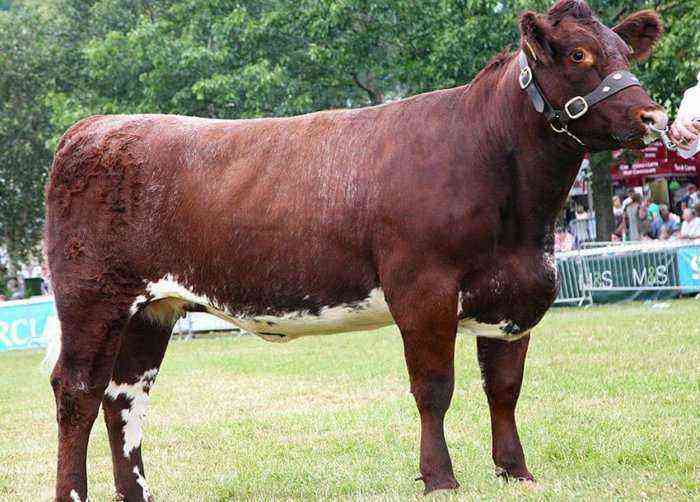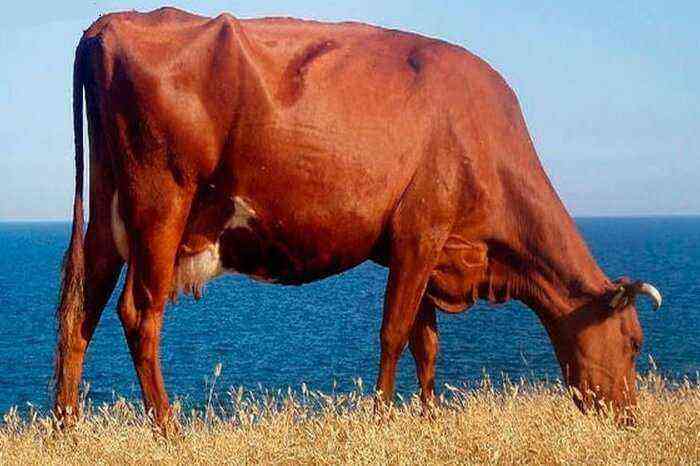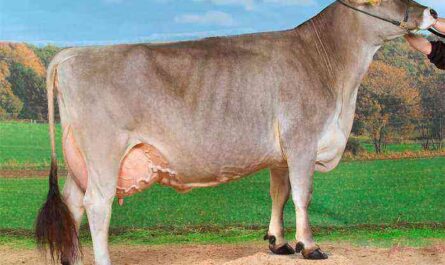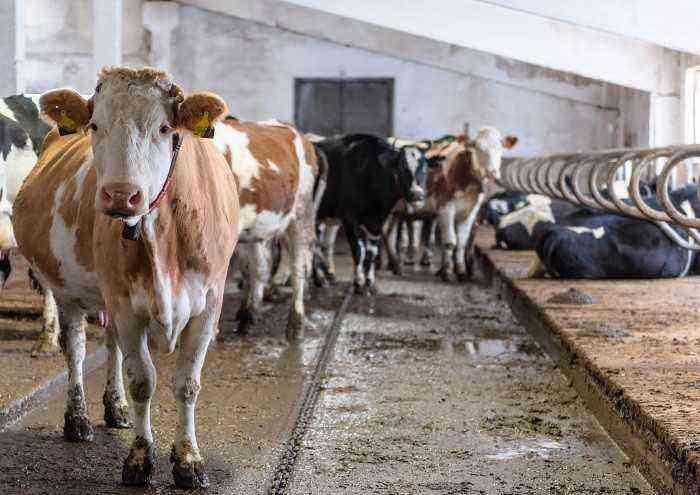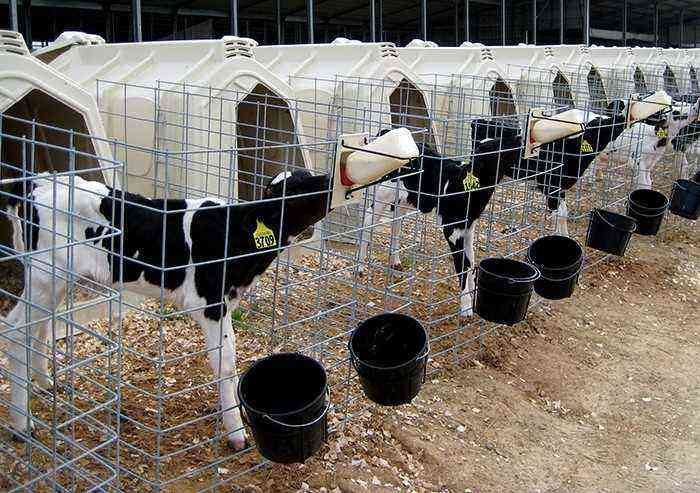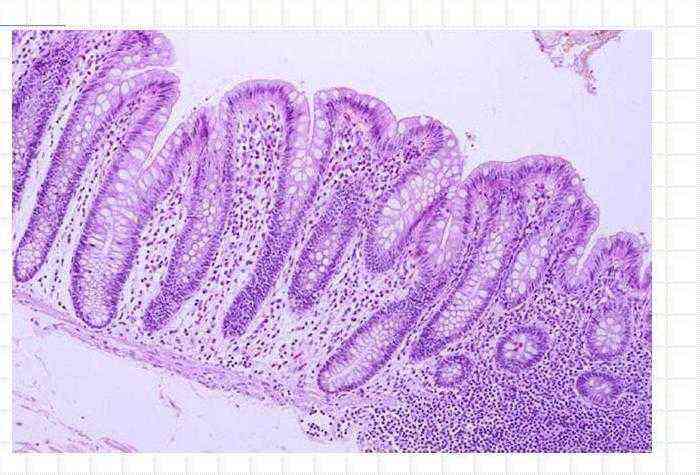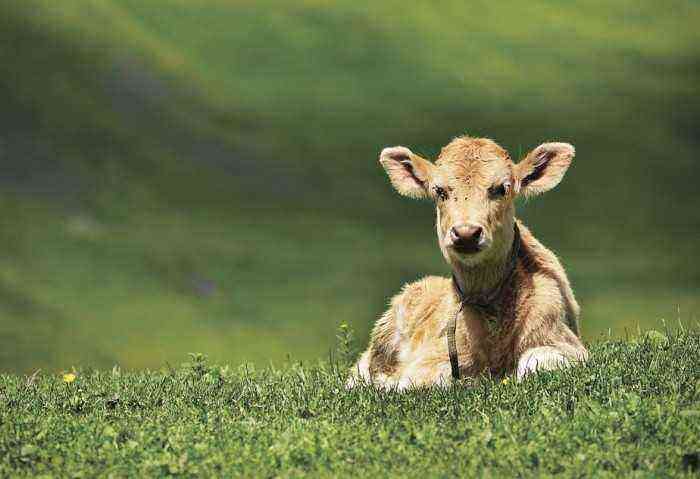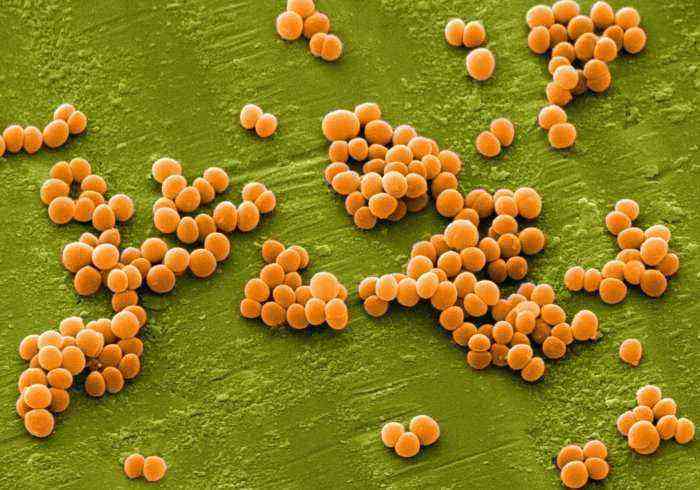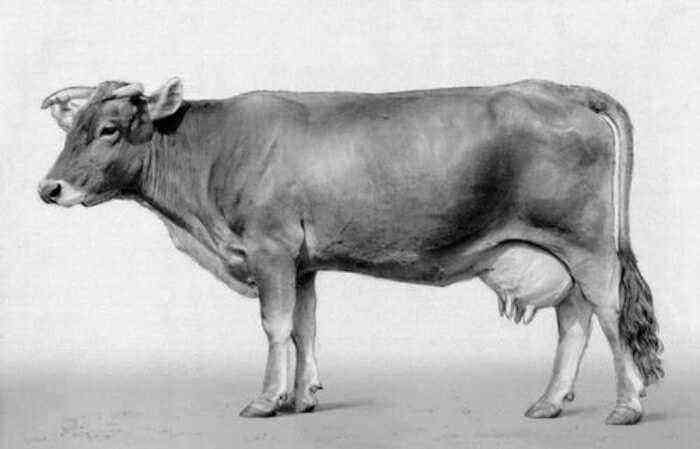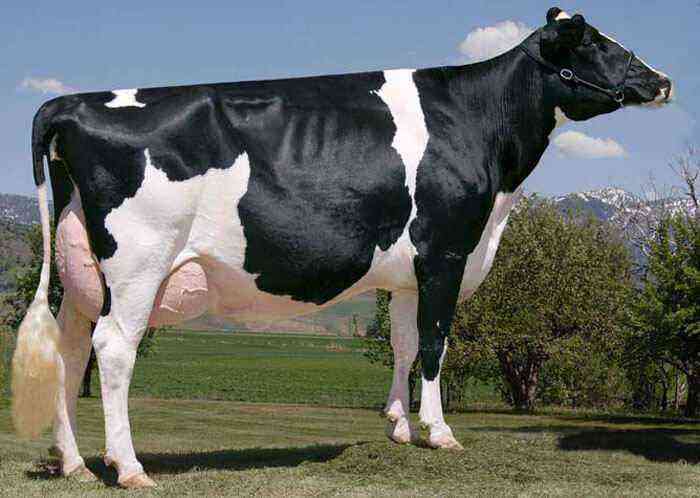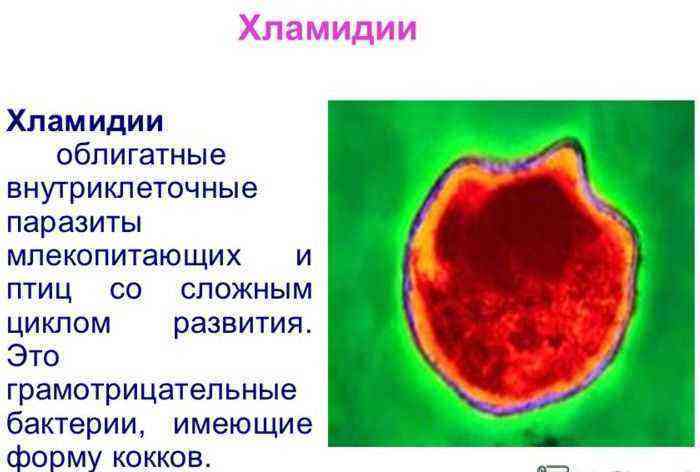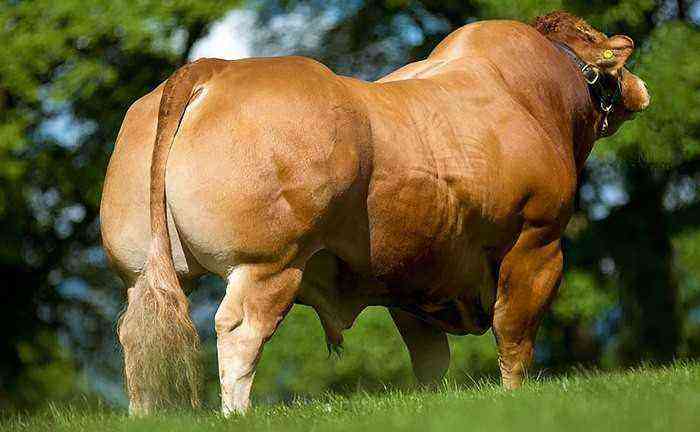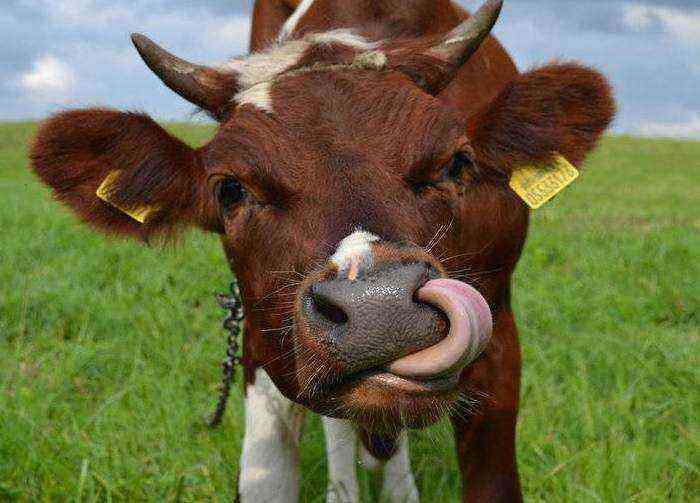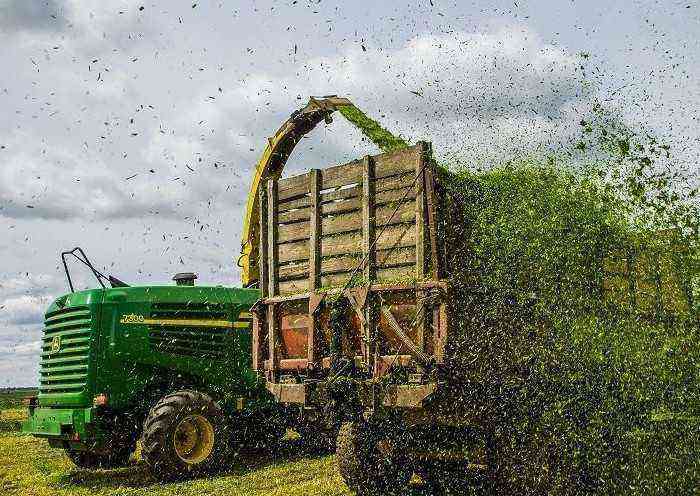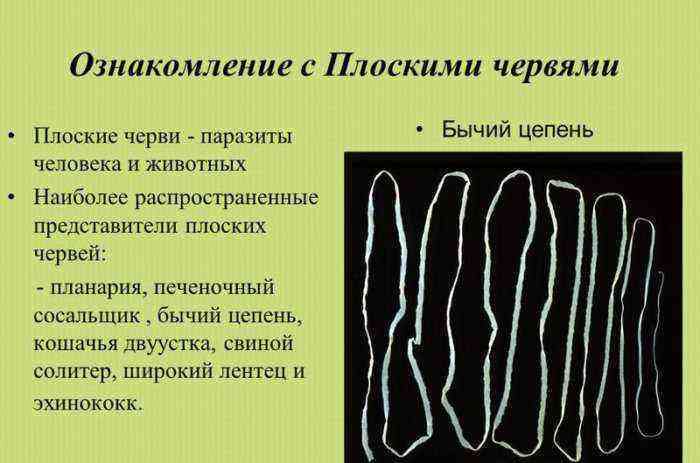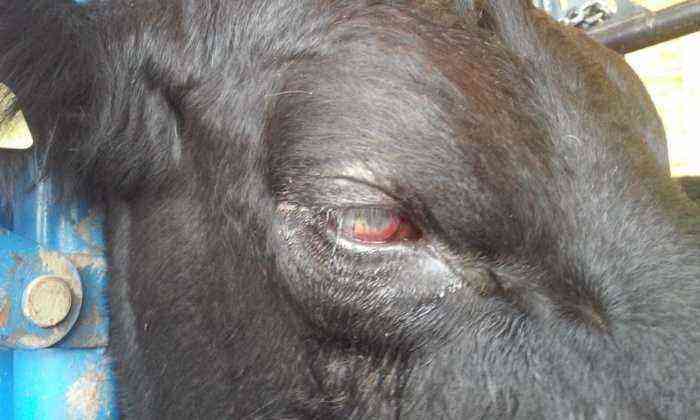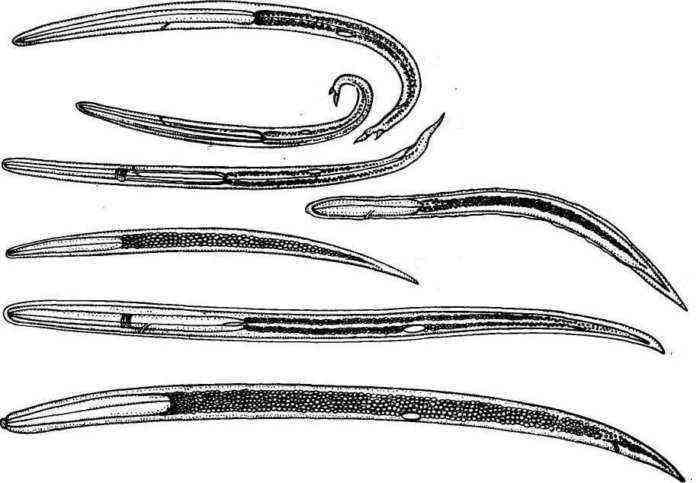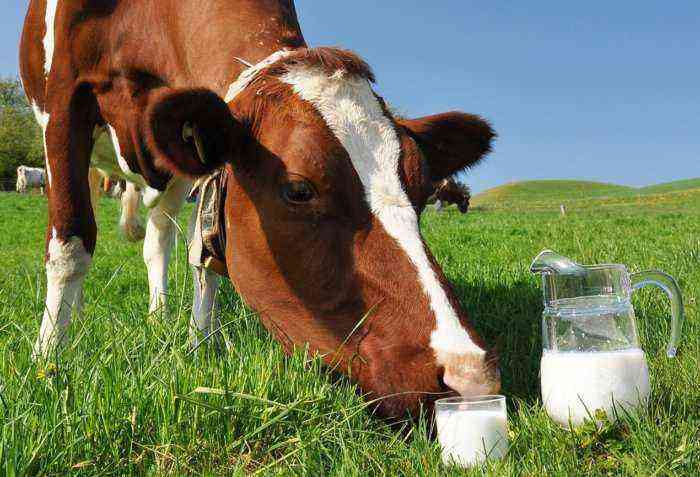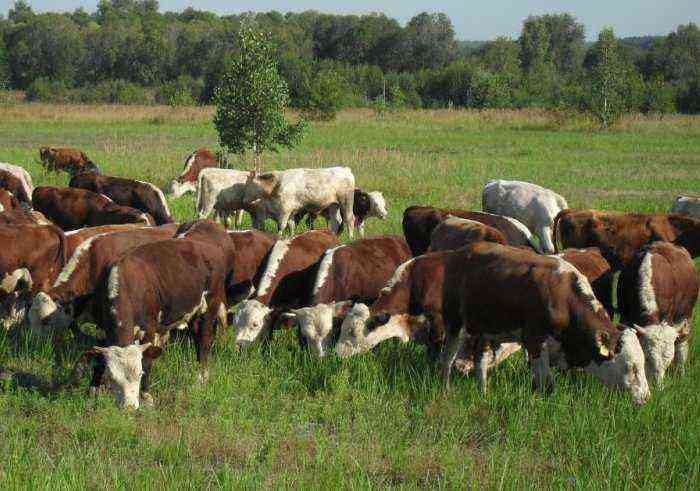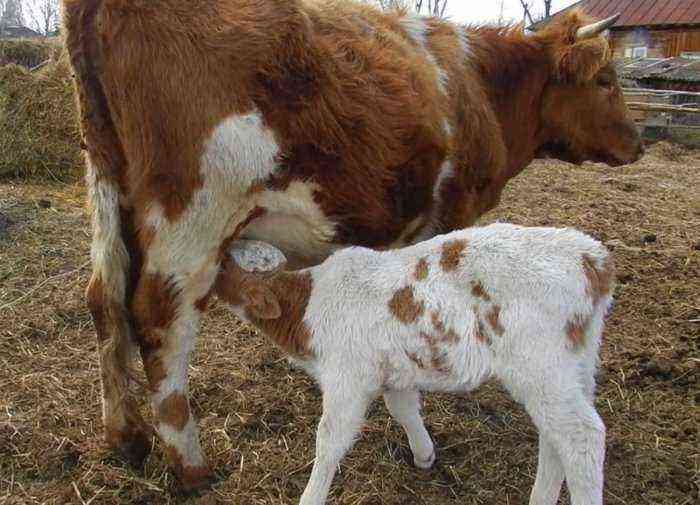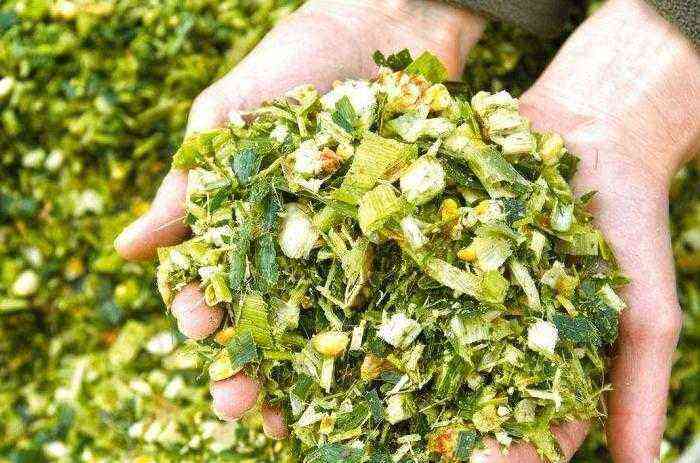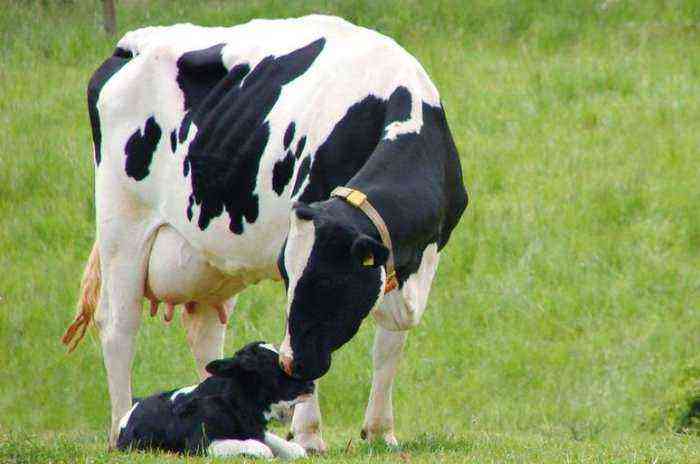Some breeds of domestic cattle are distinguished from the general mass by unique features of the exterior, thanks to which they have become widely known, and one of these breeds is the Indian humpback cow.
Humpback Zebu cows
Origin
The humpbacked cow is considered a sacred animal in India. It is from here that this breed line, which is also called zebu, originates. Such cattle, according to scientists, appeared more than 300 thousand years ago and since that time the appearance of cows has not changed much.
But if the time of the appearance of humpbacked cows is established quite accurately, then the roots of such cattle raise many questions among researchers. Some of them believe that zebu, like European breeds, come from the ancient bull of the tour. The opposing camp theorizes that this breed line developed parallel to the tour and represents a completely different species.
In any case, initially humpbacked cows were completely wild, but the population of India and South Asia was able to gradually domesticate the breed and adapt it to their needs.
Reference. Since cattle is considered sacred in Indian traditions, only zebu milk was eaten.
Not so long ago, about 2-3 centuries ago, small numbers of humpbacked cattle were taken to Africa. Here the breed quickly adapted, and local breeders widely used it for crossing with native varieties of cattle.
Less than 100 years ago, a small number of cattle were also exported to the southern states of the United States and Brazil. To date, the Indian cow is bred in India, America, Africa, Japan, Iraq, Azerbaijan and a number of other countries. In addition to the unique physique, such cattle are distinguished by a number of other breed characteristics.
Appearance
It is worth noting that in the course of centuries of crossing with other breeds, more than 90 different types of zebu appeared (and this is only in India). Accordingly, some of their characteristics may vary.
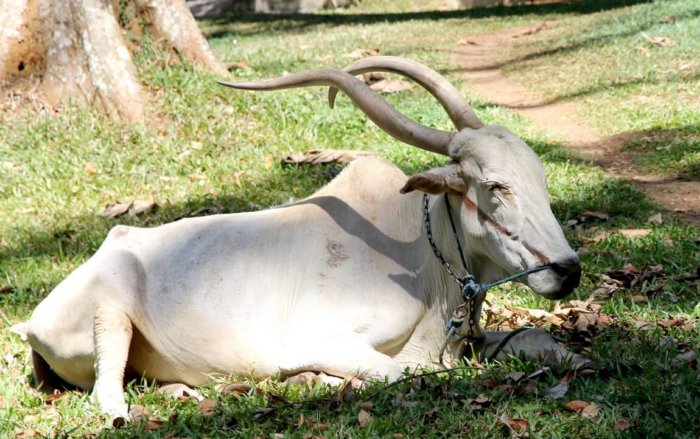
Description of zebu cows
The average weight of an adult zebu cow is 400-450 kg. The bull can gain weight up to 500 kg or more. The appearance of Indian cattle is distinguished by the following features:
- strong muscular body with massive bones;
- the chest is narrow and shallow;
- limbs are long and slender;
- a massive hump on the back of the animal, which consists of muscle and fat, which make up more than 3% of the cow’s weight;
- skin fold in the neck and peritoneum;
- long, slightly curved bull horns;
- ear length up to 50 cm.
The suit of a zebu can be any: black, white, red, motley. The thick skin is covered with coarse short bristles.
Productivity
Zebu can hardly be attributed to highly productive breeds. For a year, one cow with a balanced diet gives from 500 to 1000 kg of milk. But in some countries it is highly valued for its fat content. On average, this figure is 5-6%, but some individuals can give milk with a fat concentration of 7%.

Zebu meat skewers
The meat of the humpback cow is highly valued. It has a rather rigid structure, but practically does not contain fat and has a rich taste.
Reference. In rural India, zebu bulls are still used as draft animals, harnessed to heavy carts.
Advantages and disadvantages
The main advantages of the Indian humpback cow are:
- increased resistance to various diseases of cattle;
- no special dietary requirements;
- high palatability of beef;
- increased fat content of milk, which is often used in the production of semi-finished products in dairy factories.
Among the shortcomings of the pedigree line are:
- the possibility of raising livestock exclusively in hot climates, which becomes a problem for breeders from Europe;
- late puberty: in cows it occurs by 45 months, in bulls – by 2,5 years;
- minimum milk production.
The Indian humpback cow still surprises with its unusual appearance to this day. At the same time, although the productivity of such an animal does not imply high values, it is still used all over the world as a strong basis for breeding new breeds of cattle.
